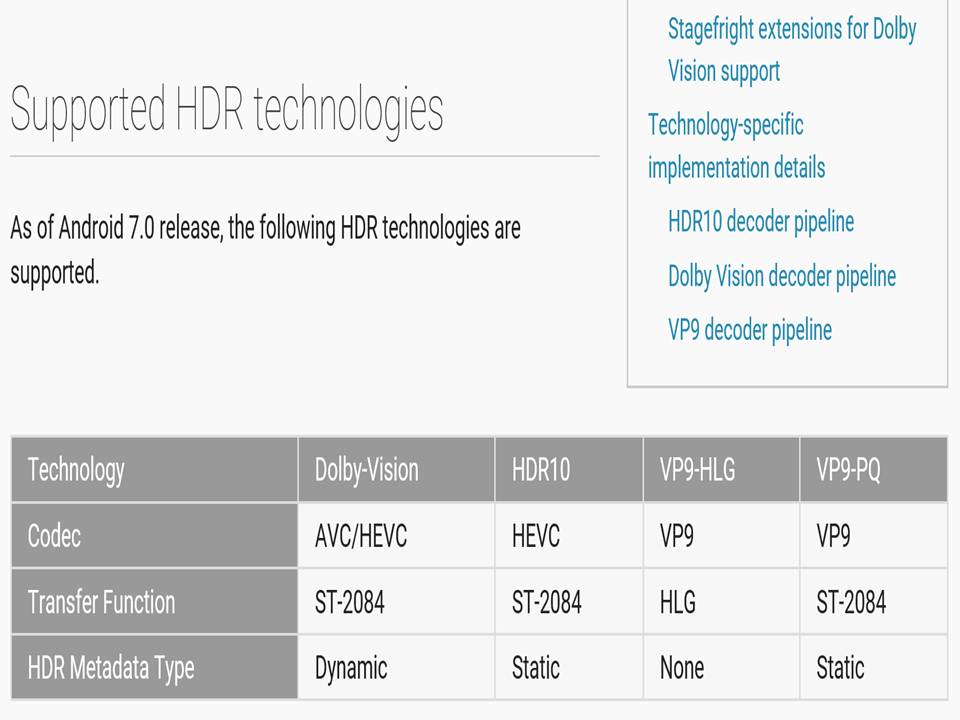Rather than talking politics during Thanksgiving dinner this evening with any of your stubborn relatives who may be visiting and naively have no clue as to things like the Dodd–Frank Wall Street Reform and
Consumer Protection Act or perhaps simply how ‘conflicts of interest’ by those who govern us can be incredibly dangerous to the nation (hell, this is why judges recuse themselves from certain cases even if there could be just the
appearance of a
potential conflict of interest).
Here is something video-ish to think about so as not to get your blood pressure up or frantically research ways of moving to Canada for the next four years…..
https://www.koreatimes.co.kr/www/new...33_218800.html , namely Samsung buying QD Vision, who also does color science YouTubes….
Since calibrators and consumer videophiles (especially those advocating Dolby Vision) consider a faithful reproduction of the Director’s original
creative intent to be of paramount importance….in terms of getting closer and closer to BT. 2020 coverage
, what is Samsung’s stance? on the susceptibility to observer metamerism, not so much from marketing YouTubes, but rather from a scientific viewpoint, e.g.
https://cias.rit.edu/media/uploads/f...metamerism.pdf
And a few more for reference:
Y. Asano, M.D. Fairchild and L. Blondé, Observer variability experiment using a four-primary display, AIC Colour 2013, Newcastle, 136-137 (2013).
Y. Asano and M.D. Fairchild, Observer variability experiment using a four-primary display, IS&T 21st Color & Imaging Conference, Albuquerque, 171-176 (2013).
D.L. Long and M.D. Fairchild, Reducing observer metamerism in wide-gamut multiprimary displays, SPIE/IS&T Electronic Imaging Conference, San Francisco, Volume 9394, 93940T (2015).
D.L. Long and M.D. Fairchild, Observer metamerism models and multiprimary display systems, SMPTE Annual Technical Conference, Hollywood, (2015).
M.D. Fairchild and R.L. Heckaman, Measuring observer metamerism: The Nimeroff approach, Color Research and Application 41, 115-124 (2016).
D.L. Long and M.D. Fairchild, Observer metamerism models and multiprimary display systems, SMPTE Motion Imaging Journal 125, 18-29 (2016).
M.J. Murdoch and M.D. Fairchild, Effects of inter-observer variation on color rendering metrics, IS&T 24th Color & Imaging Conference, San Diego, in press (2016).
Zhou, B. Grotton, K. Kruse, A. Skinner, A. DoVale, S. Farnand and M.D. Fairchild, Observer calibrator for color vision research, IS&T Electronic Imaging 2017 Conference, San Francisco, in press (2017).



























 Linear Mode
Linear Mode

